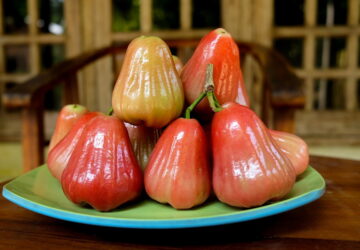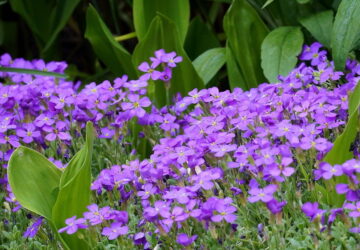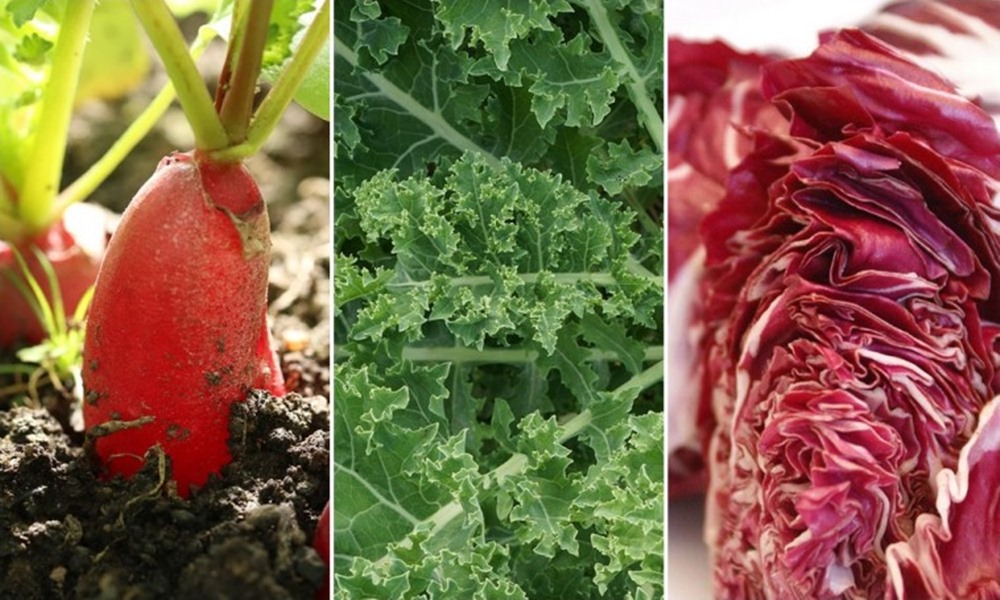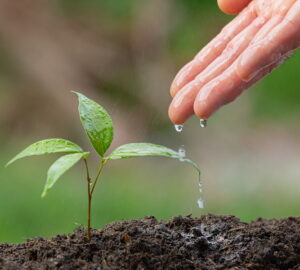Embarking on your gardening journey? Hold off on the impulsive seedling spree and explore the realm of vegetables with a touch of informed decision-making. Here, we present a quintet of vegetables tailor-made for the novice gardener, harmoniously balancing simplicity and culinary delight.
1. Parsley: The Versatile Virtuoso
Parsley, officially a medicinal herb, stands as an ideal choice for fledgling kitchen gardeners. Versatility is its forte, flourishing in both sunny and semi-shady locales. To kickstart its growth, consider germinating parsley indoors, in snug seedling cups, three months before the anticipated final frost date. This thoughtful approach ensures robust seedlings ready for outdoor transplantation once the frost risk subsides.
A biennial marvel, parsley unveils foliage and roots in its inaugural year, with leaves available for abundant harvest. In the second year, a seed stalk emerges, accompanied by flowers. While the foliage remains harvestable, its palatability may diminish. Root parsley, a variant, allows for a fall harvest of versatile roots, enhancing culinary endeavors.
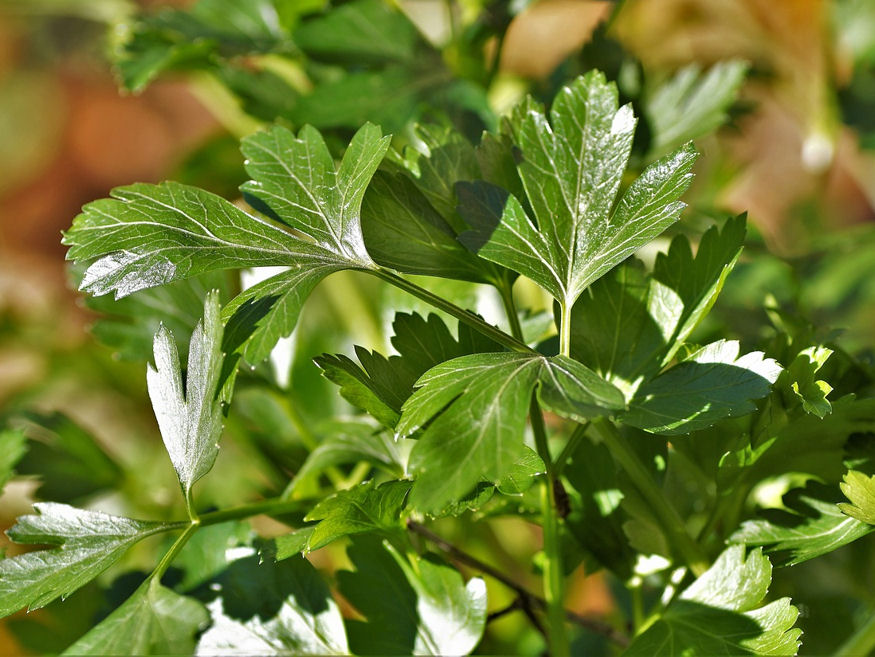
2. Radish: Effortless Elegance in Every Crunch
Radishes, the epitome of simplicity, effortlessly spring to life from seeds and swiftly reach harvest readiness. Planting at a depth of 1-1.2 cm in well-prepared, loose soil paves the way for optimal growth. Thriving in cooler, moist conditions, radishes yield the best results when sown in spring or fall.
Timing is paramount for the freshest, crispiest radishes. Harvesting too late risks a woody texture and an unwelcome spiciness. Regular tastings during the growth period ensure a delectable harvest at its peak.
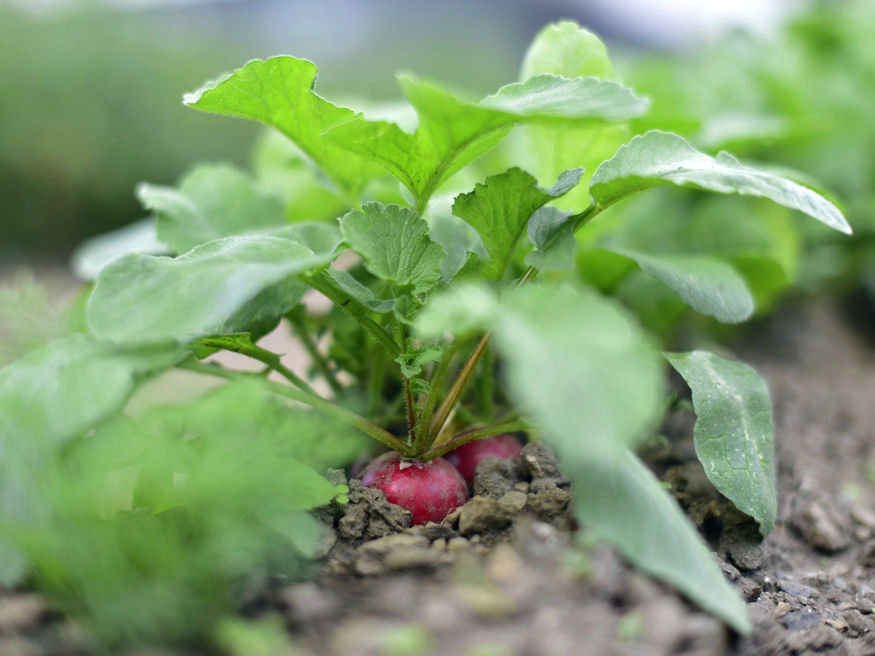
3. Radicchio: The Peppery Palette Pleaser
Radicchio, adorned with peppery undertones, boasts an uncomplicated growth process. Sow its seeds 2-3 weeks prior to the last frost, witnessing sprouts within a week. Patiently wait 80-90 days for the development of its robust, reddish-purple leaves. Harvesting at a tender age preserves the delicate balance of flavors.
To prevent bitterness, maintain consistent soil moisture through regular watering and mulching, ensuring radicchio remains a delectable addition to your culinary palette.
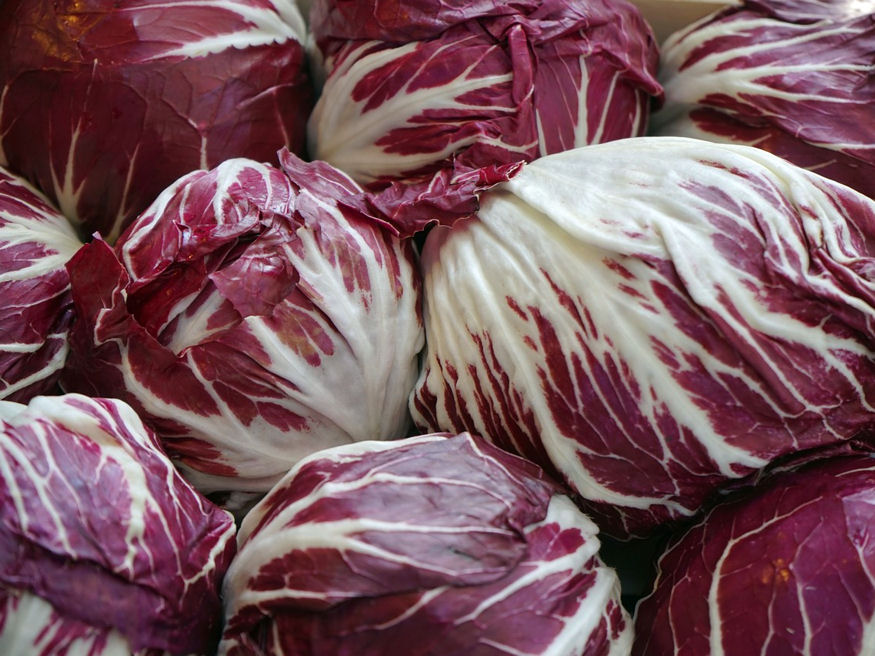
4. Curly Kale: A Leafy Luminary with a Timely Twist
Curly kale, a verdant gem among vegetables, beckons with its straightforward cultivation. Timeliness is key; early spring or fall sowings mitigate the risk of premature seeding in warmer months. Commence seed sowing indoors six weeks before the last frost for optimal results.
During harvest, selectively pluck outer leaves, leaving the center foliage intact for ongoing growth. A harmonious balance ensures a continual kale supply for culinary pursuits.
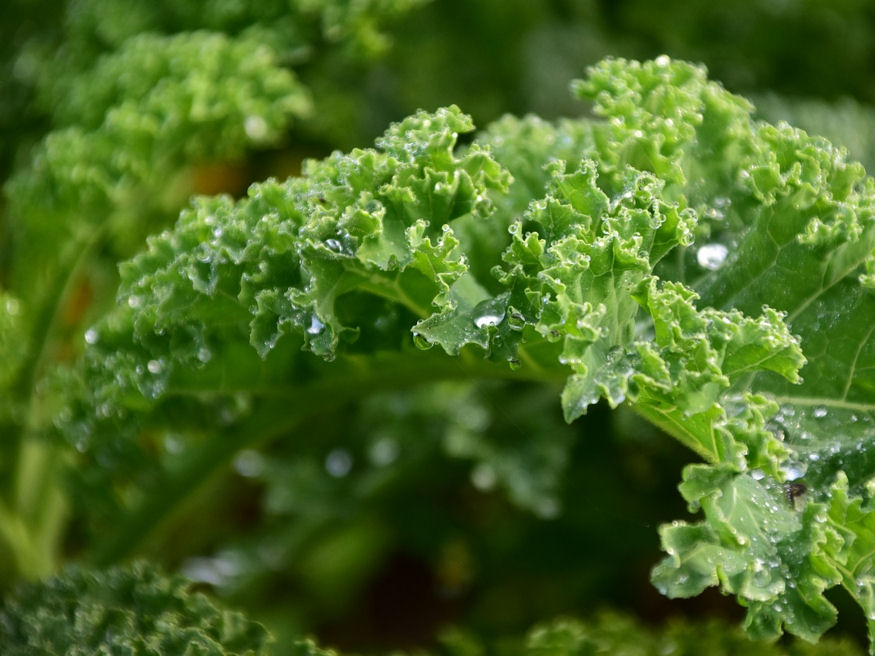
5. Arugula: The Zestful Zinger
Arugula, akin to its leafy counterparts, embraces cooler climates, thriving when sown in early spring or fall. Its expedited growth cycle permits direct outdoor sowing. However, beware of its transition to seed-setting after the arrival of summer, rendering its leaves unpalatable.
In the delicate dance of leafy greens, arugula finds its rhythm in partial shade, yielding a peppery pungency that tantalizes the taste buds.

Harvesting Harmony: A Symphony of Success
Embark on your gardening odyssey armed with these verdant allies. As you tend to your newfound green companions, savor the joy of cultivating a flourishing garden. In the dance of seasons and the melody of growth, relish the culmination of your efforts as each vegetable graces your plate, a testament to the harmonious journey of a budding gardener.
